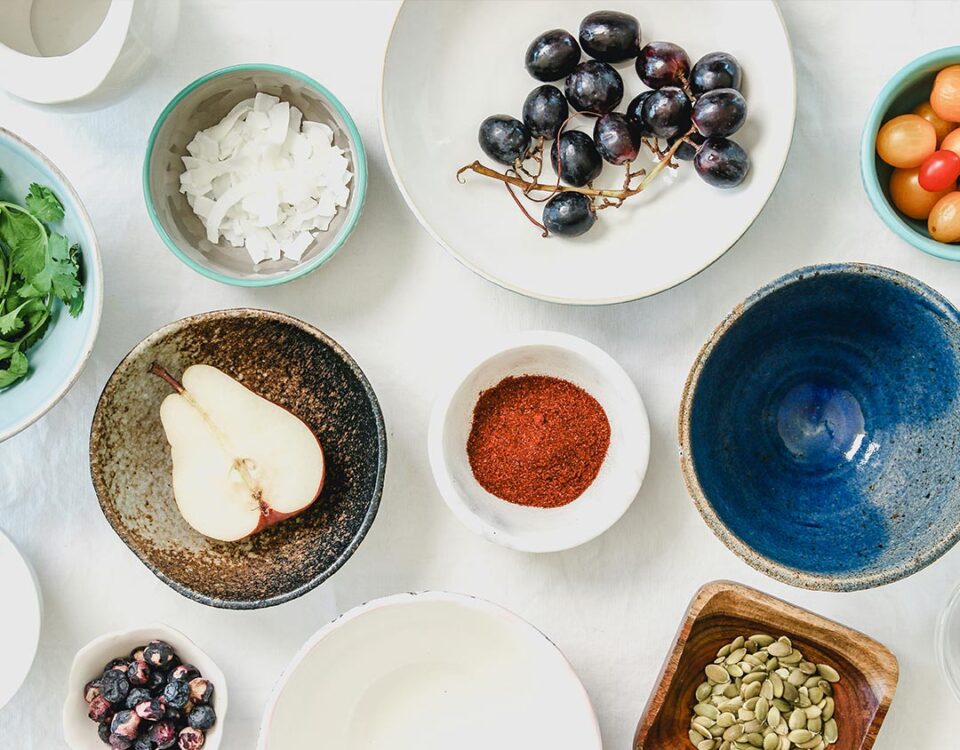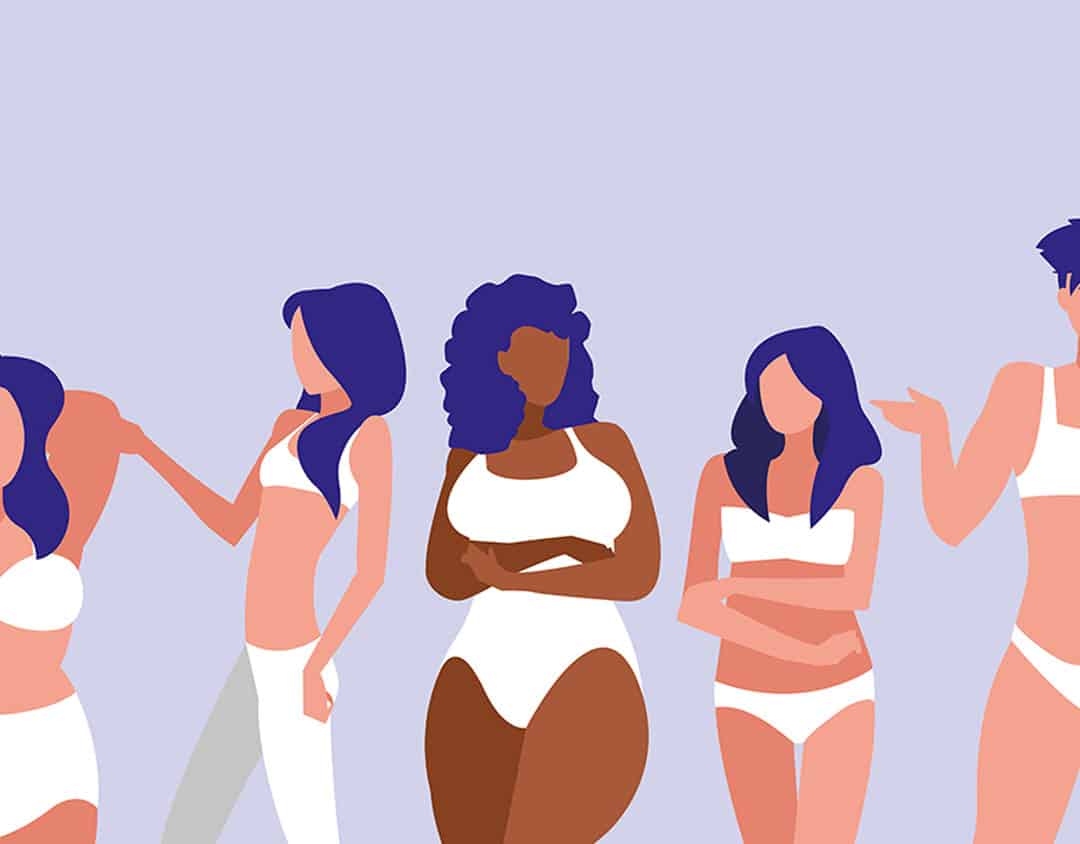
What is Health at Every Size® (HAES®)?
September 8, 2021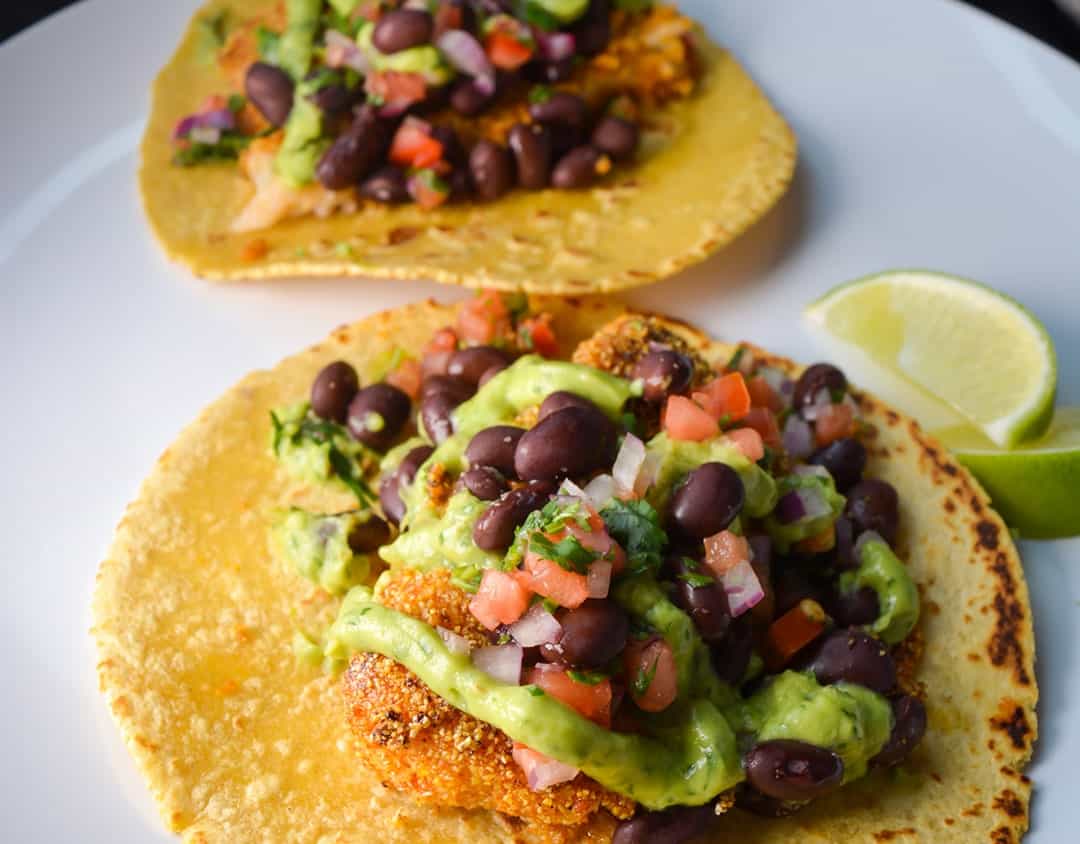
Easy Fish Tacos
October 15, 2021Oh, carbs. It is so common for people to have mixed feelings and thoughts about carbohydrates (aka carbs) because diet culture has really made the simple concept of eating carbs so confusing and even scary at times!
T he truth is, there really is nothing to fear. Carbohydrates are KEY to our overall health and wellbeing and should be celebrated! Let’s take a moment to get rid of any confusion and hostility that you may have towards carbs. Take a moment to consider what you have eaten since you woke up today. Oats? Fruit? Yogurt? Bread? Rice? Orange juice? Milk? Potatoes? Thankfully, carbohydrates are found in all those foods!

What are carbohydrates?
Carbohydrates are one of the three macronutrients (big nutrients) that our body needs to function optimally. There are three main types of carbohydrates: sugars (e.g., lactose, fructose, glucose, sucrose), starches (chains of sugar), and fibres. When we eat starches and sugars, they are broken down, absorbed and turned into glucose (a type of sugar). Glucose is our bodies’ main source of energy, it fuels essentially every cell in our body. This makes carbohydrates a very important and powerful nutrient.
Carbohydrates can be classified into simple and complex carbohydrates.
Sugars are simple carbohydrates. Sugar can be found naturally in food or added in processing. We find sugar naturally in fruit (e.g., as fructose) and dairy products (e.g., as lactose). Added sugars can be in the form of cane sugar, high-fructose corn syrup, maple syrup, dextrose, agave syrup, honey, and more.
Starches and fibre are both complex carbohydrates. They are made up of multiple sugar molecules joined together, making them bigger molecules. Starches are digestible, meaning our bodies can break them down and use them for energy, whereas fibres are indigestible. Grains and grain products, like oats, bread, rice, and pasta are great sources of starches, so are starchy vegetables (e.g., potatoes, corn, yams, squashes) and legumes (e.g. beans, lentils, chickpeas). Fibre is found in many plant-based foods, such as fruits and vegetables, whole grains, legumes, nuts, and seeds.
Our body needs carbohydrates.
Carbohydrates are the body's preferred source of energy. They provide energy for our brain, heart, muscles, and other major organs. When we don’t consume enough carbohydrates, the body must make sugar (glucose) from stores in our body or from the protein/fats that we eat. Not eating enough carbs at meals or throughout the day can lead to fatigue/low energy, poor performance, headaches, sugar cravings, low mood, insatiable hunger, and more.
Fibres on the other hand aren’t easily broken down by our human bodies, so we can’t use them for energy. Instead, fibres feed the bacteria and other microorganisms in our guts, which help to create a diverse and healthy gut microbiota and promote a healthy digestive system. Fibres can help with digestion, keep our bowel movements regular, keep us full for longer, regulate our blood sugar levels, help lower blood cholesterol levels, and contribute to a healthy heart.
Not eating enough carbohydrate-rich foods can lead to poor digestion and gut health, constipation, increased cholesterol, and nutrient deficiencies.
Many carbohydrate-rich foods, such as grains, fruits, starchy vegetables, legumes, and dairy products are very nutrient-rich and can be fantastic sources of key vitamins and minerals, such as antioxidants, B vitamins, iron, calcium, and zinc.
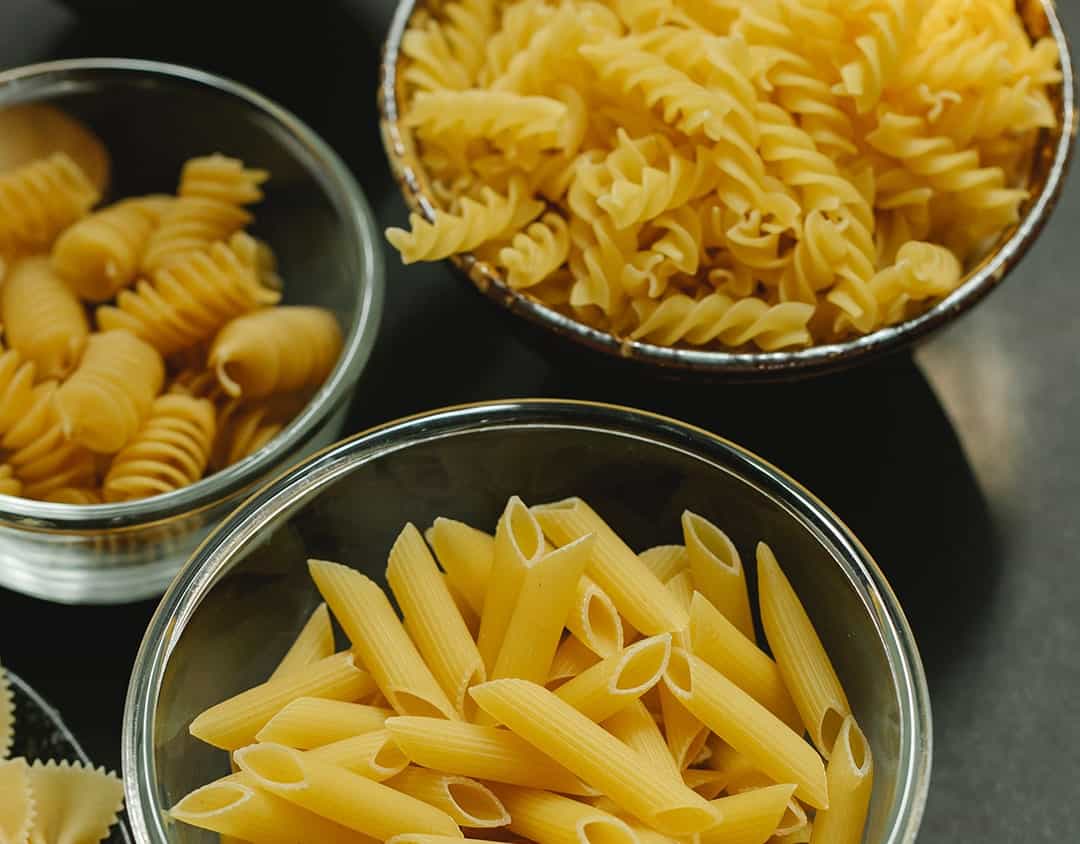

Why is there so much fear and misinformation about carbs?
Diet culture loves to have a villain to blame. When a diet gives you something to restrict or cut out, eventually you won't be able to maintain that restriction anymore and you'll blame yourself, rather than blame the diet. This creates the perfect marketing scheme because the diet industry will always be ready with another diet to sell you when you're ready to try (and inevitably fail) again. 30 years ago, the diet culture villain was fats. Everyone who wanted to be “healthy” or lose weight was advised to choose low fat everything. Can I just say how gross low-fat cheese is, yuck! Luckily, the ridiculous war on fats mostly came to an end, but in its place came the fear of carbs. Now a quick google search will yield all sorts of misinformation, here are some of the top ones: carbs cause weight gain, carbs cause inflammation in the body, or carbs cause disease, like diabetes. Let's break some of these inaccurate statements down.
Our weight is impacted by so many factors that are not within our control, such as genetics, hormones, medications, age, gender, socioeconomic status and more. Our bodies are also incredibly smart and complex. They work endlessly day and night to keep us alive. The human body has adapted over the centuries to get really good at surviving, and one of the best ways we do that is by storing extra energy when it’s available so that we can make it through periods when there is less food available. If we eat more energy than our bodies need, it will save it for a rainy day, if we’re lucky. This can happen with carbs, fats, or protein, the body doesn’t gain more or less weight when carbs are involved. And vice versa, when we cut out carbs from our diet, we may lose weight initially, but this is because the body is no longer taking in enough energy to meet its needs, the same would happen if you restricted fats or proteins. Carbohydrate restriction can also leads to water loss initially which may make it seem like cutting them out is the key to quick weight loss, but this is not healthy, nor sustainable.
Many carb-rich foods contain anti-inflammatory properties, such as fruits, vegetables, whole grains, and legumes. Restricting carbs, or dieting in general, can have the opposite effect and increase inflammation in the body through stress, fatigue, and malnutrition.
Our health is complex and many factors increase or decrease our risk of disease. Genetics, income level, access to health care, education level, working and living conditions, gender, culture, and more impact our health. We must also keep in mind that our emotional and mental wellbeing is just as important as our physical health. To encourage the restriction or avoidance of carbohydrate-rich foods, increased stress around food, and undernutrition goes against all that we know about promoting our overall health and reducing risk of disease.
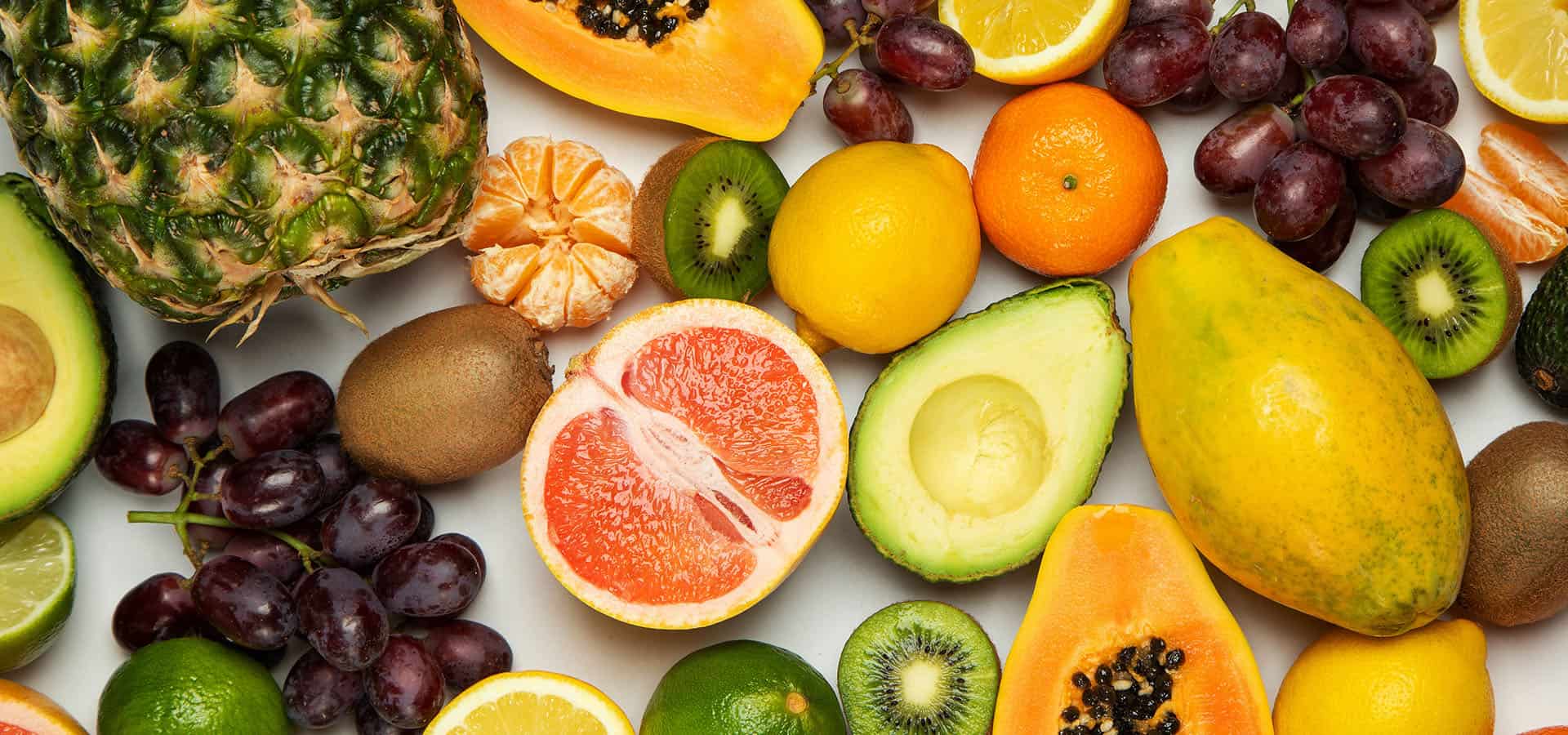
What’s the difference between whole grains and refined grains?
Whole grains are made up of three components: the bran, the endosperm, and the germ. The bran is the outermost layer that is packed with fibre and minerals. The endosperm fills the middle of the grain and is made up of starches and proteins. Lastly, the germ is the small core that is rich in healthy fats, antioxidants, and other phytochemicals. Unrefined whole grain products keep all three components in their final product. Refined grain products on the other hand have the bran and germ removed, and therefore only contain the endosperm, making them lower in fibre, vitamins, and minerals. Many refined grains are enriched after processing, meaning that some vitamins and minerals are added back in. These refined grains will still provide your body with carbohydrates for energy and proteins, the energy will simply be digested and absorbed faster than its whole grain counterpart. This might be beneficial especially in times where you need faster, easier to digest energy.
What are some ways to incorporate carbohydrates into your meals and snacks?
- Try to incorporate some vegetables and/or fruit into your meals and snacks. Add some berries or banana to your morning oatmeal or yogurt bowl. Have some carrots and cucumbers with dip on the side of your lunch wrap or sandwich. Grill some of your favourite vegetables at dinner, like zucchini, mushrooms, or bell peppers.
- Ensure you have a starchy food, such as grains, grain products, or starchy vegetables at most meals. This could be roasted potatoes or sweet potatoes at dinner, whole grain toast or oatmeal pancakes at breakfast, or quinoa or whole wheat pasta in your salad at lunch.
- Make some of your proteins plant-based, like beans and lentils. You could add black beans to your tacos, lentils to your soup, or chickpeas to your curry.
- Add in some dairy products. Try cheese and crackers for your afternoon snack, yogurt in your post-workout smoothie, or milk on your morning cereal.
The next time you hear about a new diet craze that involves cutting out grains, gluten, sugar, dairy, or carbs in general, just think back to all the wonderful things that carbohydrates do for your body and health. Let’s continue to celebrate carbs!
Written by Joy Tang and Liz Powell, RD.
References:
- Carbohydrates. Healthy Kids. (n.d.). https://healthy-kids.com.au/food-nutrition/nutrients-in-food/carbohydrates/.
- Coyle, D. (2018, October 3). Starchy vs non-starchy vegetables: Food lists and Nutrition Facts. Healthline. https://www.healthline.com/nutrition/starchy-vs-non-starchy-vegetables#nutrition.
- Fibre and your health. HealthLink BC. (2021, June 28). https://www.healthlinkbc.ca/healthlinkbc-files/fibre.


